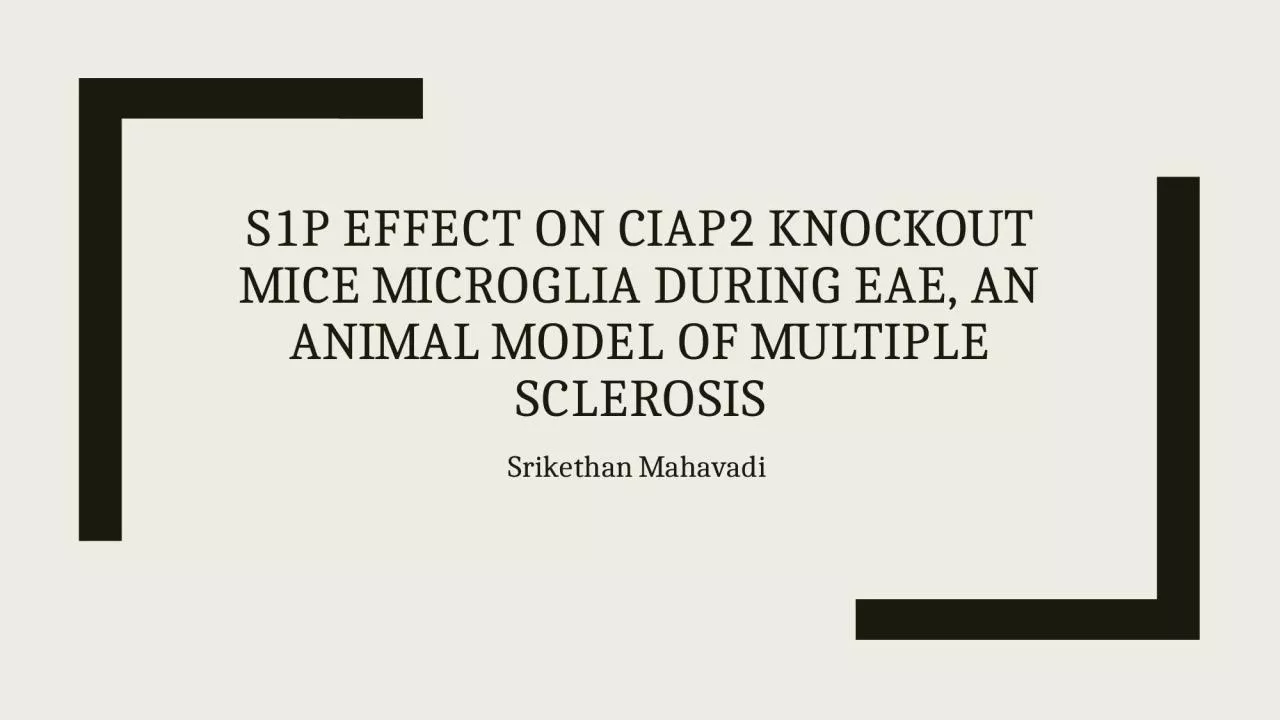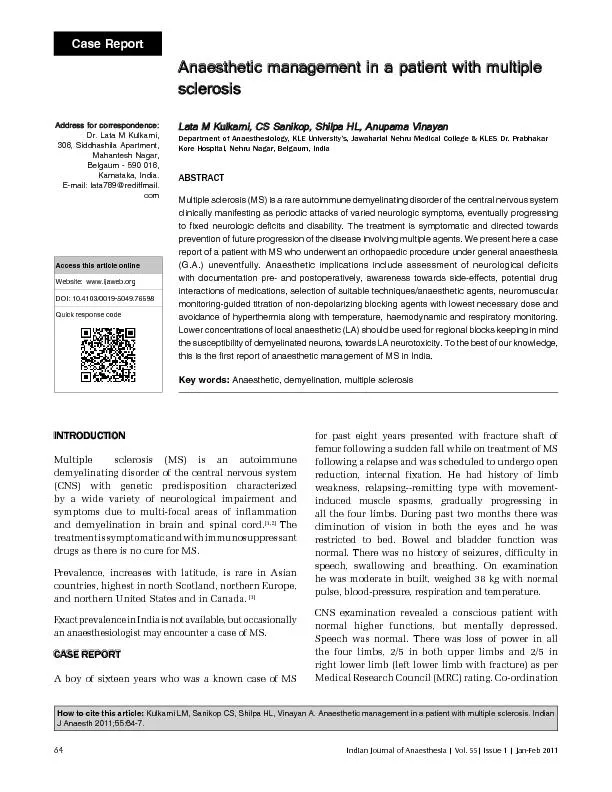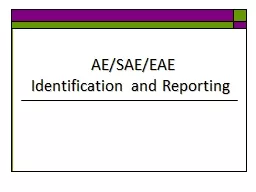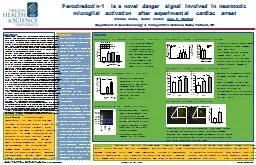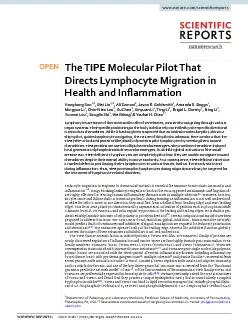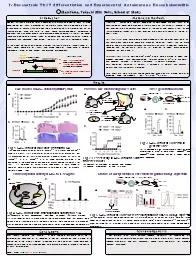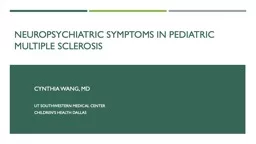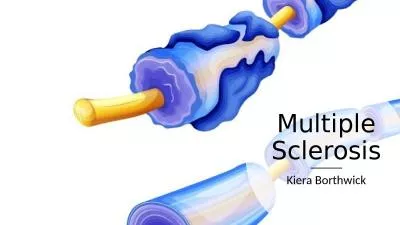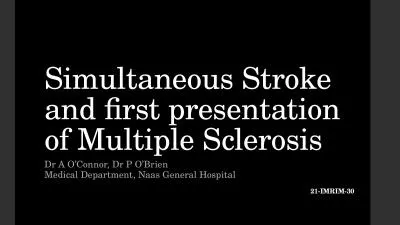PPT-S1P effect on cIAP2 knockout mice microglia during EAE, an animal model of multiple sclerosis
Author : BraveBlackbird | Published Date : 2022-08-02
Srikethan Mahavadi Multiple Sclerosis Autoimmune disease of the CNS Demyelination axonal degeneration and cell death More common in women than men Women are
Presentation Embed Code
Download Presentation
Download Presentation The PPT/PDF document "S1P effect on cIAP2 knockout mice microg..." is the property of its rightful owner. Permission is granted to download and print the materials on this website for personal, non-commercial use only, and to display it on your personal computer provided you do not modify the materials and that you retain all copyright notices contained in the materials. By downloading content from our website, you accept the terms of this agreement.
S1P effect on cIAP2 knockout mice microglia during EAE, an animal model of multiple sclerosis: Transcript
Download Rules Of Document
"S1P effect on cIAP2 knockout mice microglia during EAE, an animal model of multiple sclerosis"The content belongs to its owner. You may download and print it for personal use, without modification, and keep all copyright notices. By downloading, you agree to these terms.
Related Documents

